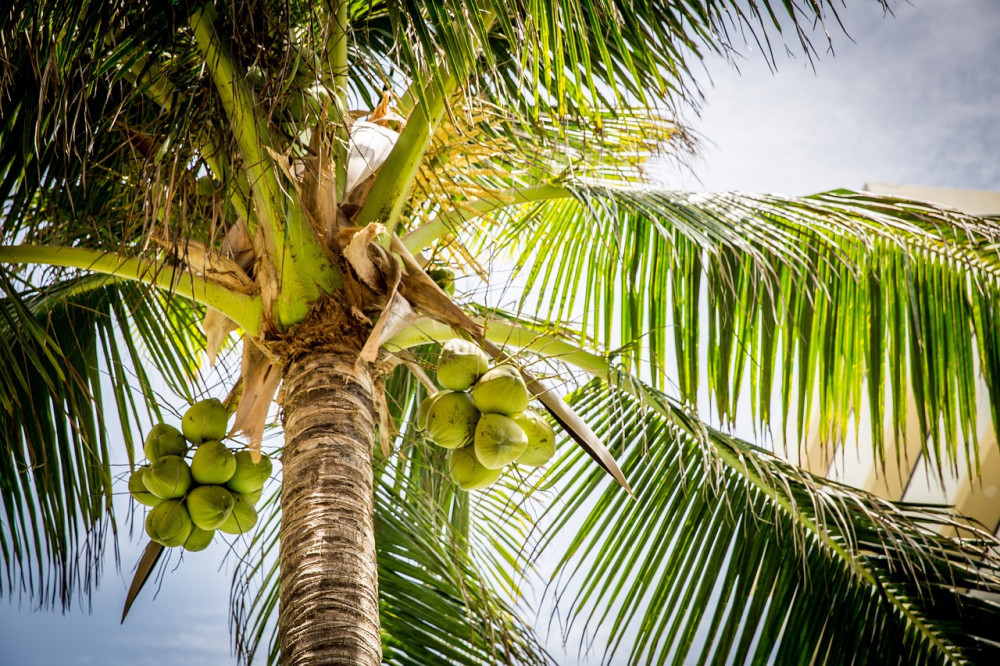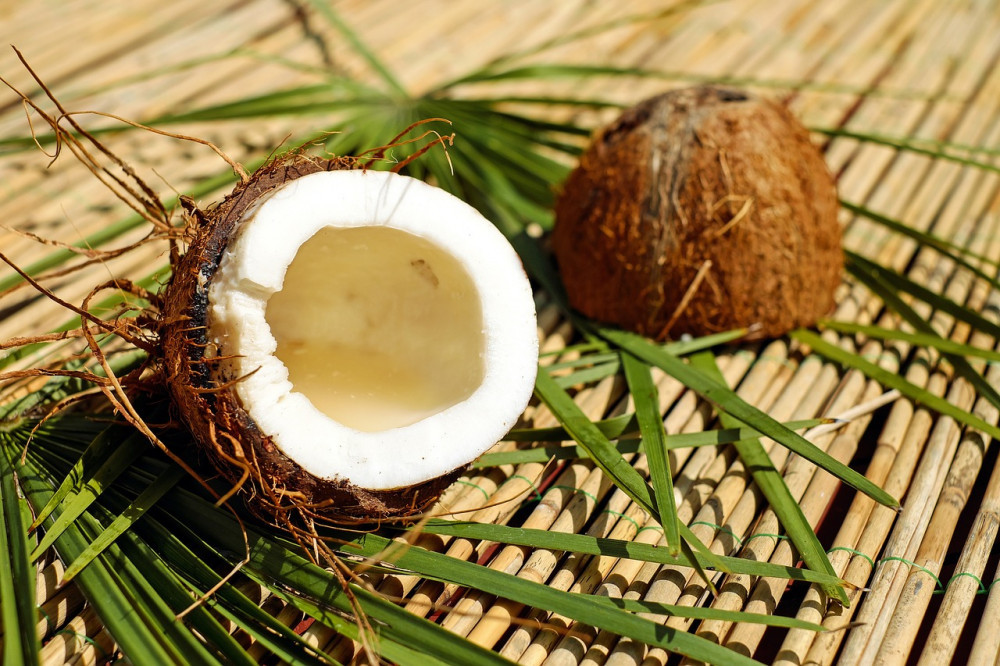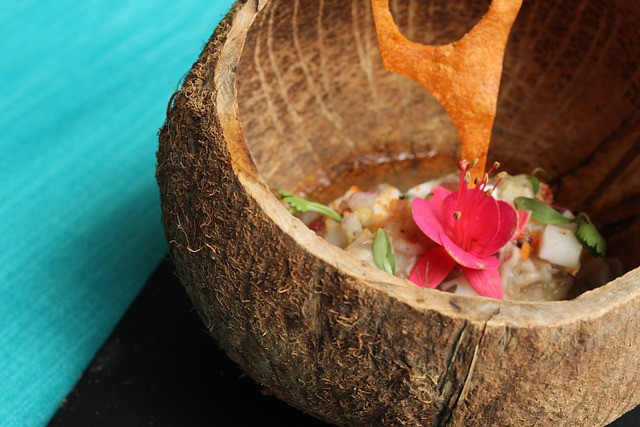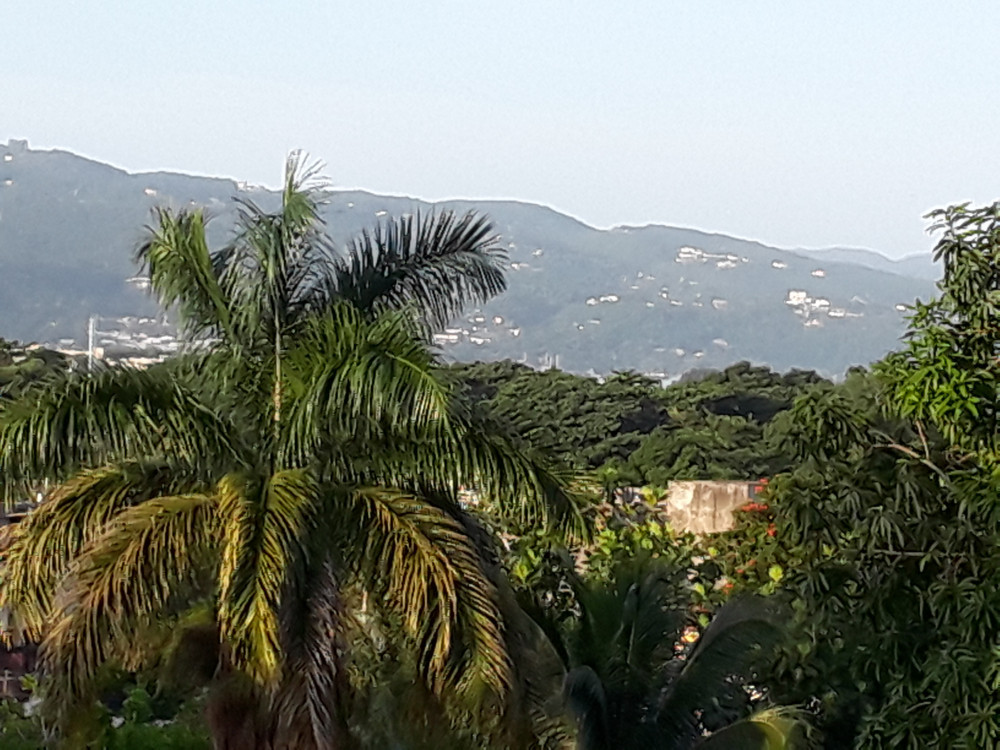“Did You Know This? | The Coconut Palm ‘Tree’ is a Giving Tree,” answers the question why it is. This tropical palm has provided us food, clothing, and shelter.
How much do you know about coconuts? First of all, this plant is found in tropical and sub-tropical climates. It can grow up to over 100 ft tall with the potential to produce between 30 and 75 fruits annually.
It’s also the official state tree of Kerala, India, which along with the Philippines and Indonesia are the largest producers of coconuts throughout the world.
For those of us who grew up or continue to live on the islands, the coconut is a stable commodity in our everyday lives. There are so many things we get from this rich and versatile produce. It’s simply amazing!
Now, find out how it provides these basic necessities of life.

The Coconut Palm is a Giving Tree | Here’s Why…
The coconut palm isn’t really a tree, but it provides clarity for those who do not know. It’s trunk is not hard, solid wood like typical trees. With that out of the way, continue reading to see how and why it’s a giving tree.
So, let’s start with it’s food–and drink. The inner chamber of the nut contains a clear liquid with nutrients and electrolytes to keep you hydrated. And, the water from the younger fruit tastes better and contains fewer calories.
The texture of the inner flesh varies depending on the age of the coconut. It starts out as a translucent jelly-like substance which gets sweeter as it continues to mature.
But the fully mature flesh has the consistency and taste similar to some nuts in the raw state. The almond is probably the closest in similarity in my view.
But then again, the botanical classification is a drupe, not a nut. It’s consistent with other fruits in that it has three layers–exocarp, mesocarp, and endocarp. Furthermore, its nutritional value includes protein, vitamins, and minerals.
There’s quite a bit of stir and controversy about coconut oil in particular. However, those who have experienced its benefits will continue to enjoy them. You can’t take that away from them.
It’s time to look at the outer portions of the fruit (shell and husk), leaves, and trunk. Let’s see how those provide clothing and shelter. How would you survive if you were in isolation?

Did You Know This? | You Could Survive.
Imagine that you were stranded on a deserted island with nothing much more than an abundance of coconut palms. In addition, you had the ocean where you could fish and swim. And, there’s also a river for fresh water.
Just imagine also, you had the basic skills of a survivor, so you know how to build a fire, hunt, and fight for your life. It would take some quick thinking to put a plan in place.
This is what it looks like…
- Menu: Fish, refreshing coconut water, soft jelly from young coconuts, and milky nutty treat from the older fruit.
- Clothes: You’re alone, so there’s no concern to cover up.
- Shelter: All you need is a place to shelter and sleep with a roof over your head.
Naturally, there are stones and rocks scattered throughout the island which would be useful to make tools. For example, you may need a hammer and a sharp edge.
It would be helpful if you also had climbing skills to get the coconuts that haven’t fallen from the tree. (Remember to watch your head for falling coconuts!) You would also need to get the leaves that are high up to make your dwelling place.
That’s enough details for now as you already have the skills to complete this adventure. Catch the drift?
More About the Coconut | Fruit, Leaves, and Bark
Modern technology has ways to produce textile from the fiber of the trunk.
And there are many other uses such as medicine, cosmetics, coir, charcoal, and fuel from different parts of the coconut. Other products are wine, vinegar, and ornamental decorations.
The typical tree grows to great heights. However, there are variations grown for specific purposes. Their color and taste also vary. Some of these are dwarf, King, Maypan, and Macapuno, which are more modern varieties.
The Fruit
- Water: Jelly water or coconut water is a popular refreshing drink for natives and foreigners. It’s exported to many countries and is in great demand.
- Food: Likewise, the jelly (jelly coconut) is a favorite all over the world both in its natural state, in pastries, and savory products.
- Shell: Similar to gourds, the shell is used to make drinking vessels, bowls, and several crafts items. You can find these in craft markets in tourist areas.
- Husk: Coir is a textile fiber from the coconut husk which covers the shell. It’s commonly used to make filling for mattresses. It’s also used to make brushes, ropes, sack, table and floor mats, among other items.
The Leaves
The leaves get dry and turn brown after a while. There are many creative items made from the leaves such as brooms, hats, toys, and roofs. They shed but stay attached to the truck for a long time.
The Trunk
Although it isn’t as hard as natural trees, the truck is sturdy and makes strong furniture, houses, bridges, and boats. These trunks were used to make canoes in former years.
This is also known as coconut stump especially when it’s cut down and left in the ground. It makes a good seat where you can enjoy the cool breeze or rest your tired feet.

Coconut Treats | How Many Do You Know?
Coconut treats, sweet and savory. What’s your favorite? You have many to choose from besides the ones listed here. These are all-time favorites within the Jamaican community at home and abroad.
Some of these are also familiar to other countries, maybe with a few variations.
(As an Amazon Associate, I earn on qualifying purchases.)
Drops: The basic ingredient for this is dry coconut flesh cut into very small cubes. Add brown sugar, a generous amount of ginger, spices such as vanilla, cinnamon, and nutmeg. Cook and drop onto foil or banana leaf until it’s cool.
Gizzada: This is made from grated coconut and usually granulated sugar, and baked inside a crust.
Grater Cake: Another grated coconut specialty with granulated sugar made into squares.
Coconut Cookies and Cake: Pastry shops, restaurants, and hotels sometimes carry these. The cake is covered with white frosting and coconut flakes.
Coconut Juice (Milk): This milky white juice comes from the grated or blended matured flesh. It’s used in Jamaican rice and peas, porridge, and baked products such as cornmeal and potato puddings.
Coconut Oil: It was a popular item long before its commercialization and controversy. It was generally sold in the food markets by ordinary vendors who usually made their own. That is still the way of life in some islands.
Run Dung (Down): This tasty dish is made from coconut juice (not the fresh water) boiled down to make a custard. Add salted cod fish or mackerel, onions or scallion, and other spices to enjoy one of Jamaica’s favorite delicacies.
Conclusion | Did You Know This?
This tropical plant gives every part of itself to sustain humanity. It’s a giving tree in every sense of the word from its soft edible jelly to the sturdy soft wood trunk. That’s why it isn’t a true tree.
Traditionally, the trunk was carved out to make canoes, and was effective due to its buoyancy. These may not be too common in modern times.
People enjoy the water from the younger green coconut directly from the fruit. It is also exported and sold internationally in bottles and cans. On the other hand, dried coconuts are taken out of the husk and sold in food marts.
Of equal or more popularity is the coconut oil and cream which is used in a variety of ways for cooking, hair and skin care, for example.
(As an Amazon Associate, I earn on qualifying purchases.)
Coconut oil will continue to be a popular item despite all the controversy surrounding it. You can find it in supermarkets, food marts, and online. It’s packaged as virgin, raw, and organic.
There’s so much more that can be said about the coconut and its many uses. This has been a very interesting research topic and more may be found here.
It’s a great experience to share information from different cultures. And, if you have something you want to share that may be unique to your region, tell us about it below.
Also, if you find “Did You Know This? | The Coconut Palm ‘Tree’ Is a Giving Tree” useful, please let me hear from you. Feel free to leave your questions and comments below.
Veron Lee Campbell | Entrepreneur | The Way 4WordEnterprises

The coconut palm tree is a giving tree; I couldn’t agree more!
My brothers and I, as well as our cousins, grew up eating coconuts for snacks and drinking its delicious juice (coconut water). My mom also used to make sweets out of coconut flesh and we call it bukayo. She shreds young coconut flesh, cooks it under low heat until it dries up, and then adds brown sugar. Who needs chocolates if we can have coconut sweets, right? ☺
Coconut palm trees not only give us coconut fruit, but it also gives husks for polishing the floor. Coconut leaves can be used to wrap rice cakes and their trunks for firewood. Oh, and we also make young coconut (buko) salad which is one of the traditional Filipino desserts.
Thank you for highlighting all that the coconut palm tree gives us.
Hi Alice:
Thank you so much for reading my article and sharing your story. This is amazing! We also used the husk to give the floors a brilliant shine. And, the desserts are delightful.
I appreciate your input.
Veron